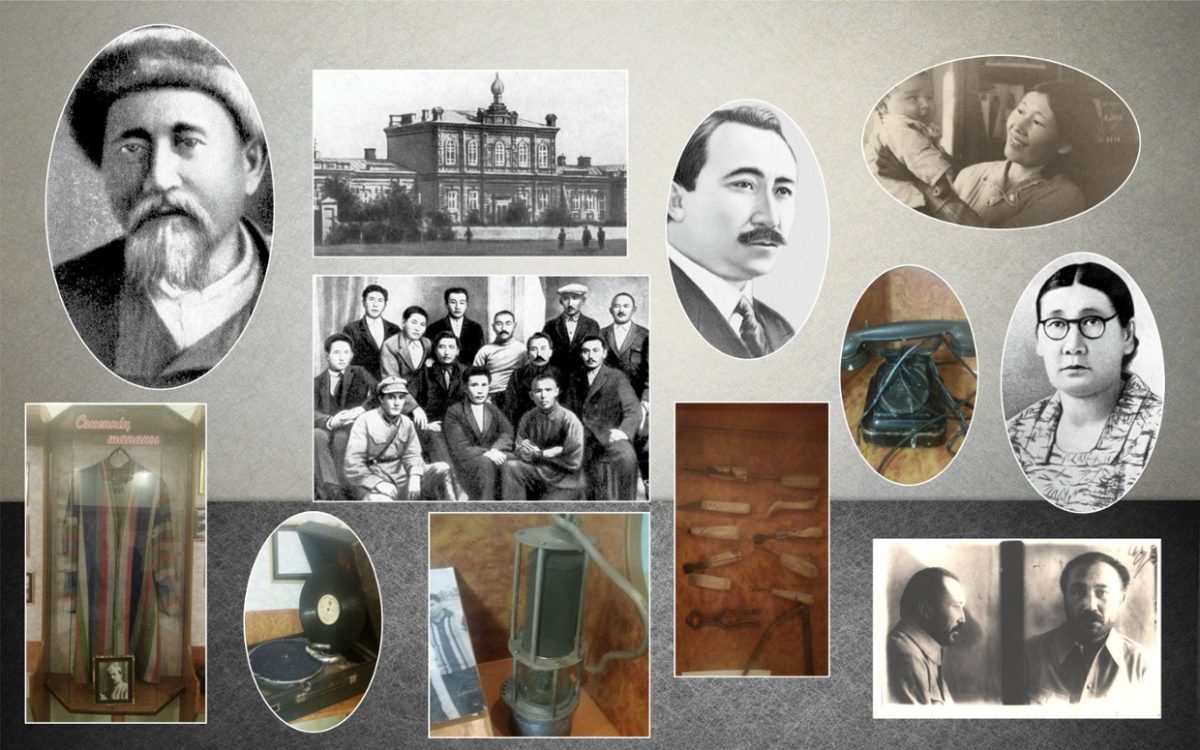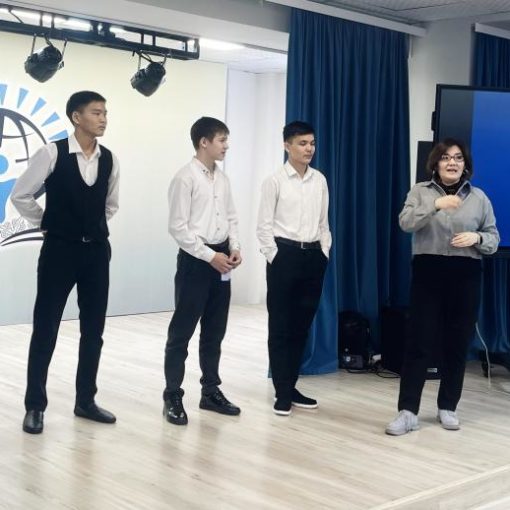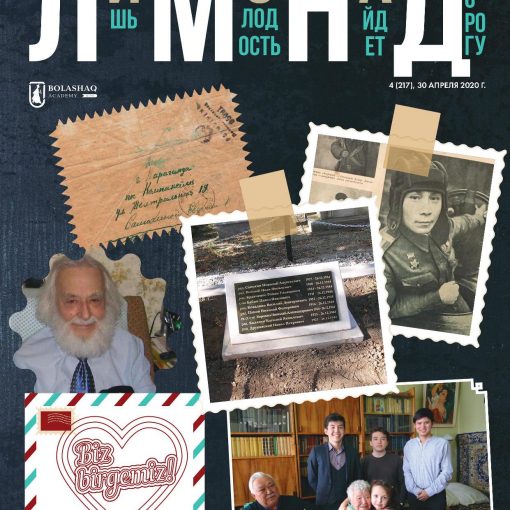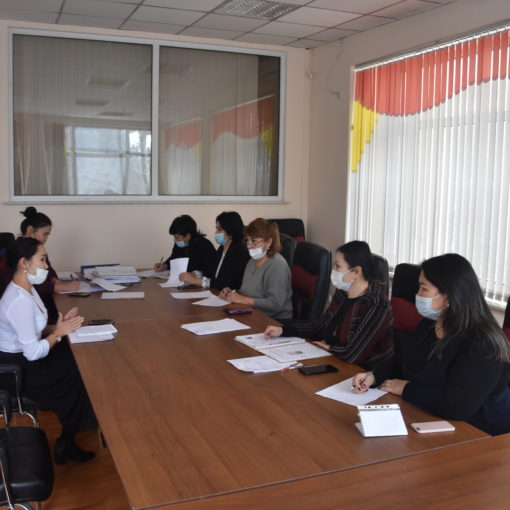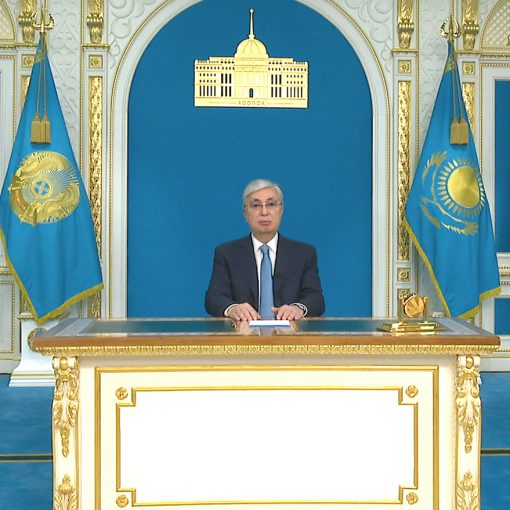
He was born on October 15, 1894 in nomadic aul in Akmola district (now Karaganda region). Originates from a subgenus of a sort Kuandyk of a tribe Argyn.
Founder of modern Kazakh literature, poet and writer, statesman, prominent member of Bolshevik Communist Party (VKP). Founder of the Writers’ Union of Kazakhstan. One of the first – Chairman of the Council of People’s Commissars (head of government) of the Kyrgyz ASSR RSFSR.
When the White Guard coup took place in Akmolinsk on June 4, 1918, Seifullin was arrested and on January 5, 1919 was sent with a stage from Akmolinsk prison to Petropavlovsk. It has been placed in “car of death” of ataman Annenkov where has spent 47 days (on January 24 – on March 12). In Omsk he managed to escape from the Kolchakovo prison (April 3) and by July got to his native village. Two months later he had to flee to the Aulie Ata.
But already on May 7, 1920 he returned to Akmolinsk liberated by the Red Army and was appointed assistant head of the administrative department of the Revolutionary Committee (Revcom).
At the Congress of Soviets on July 26 he was elected a member of the executive committee and appointed deputy chairman of the Akmola Executive Committee of the Council of People’s Deputies, headed the administrative department, and on October 12 he was elected a member of the presidium of the Central Executive Committee of the Kyrgyz ASSR.
In November, he attended the VIII Congress of Soviets and listened to Lenin’s report on the GOELRO plan. In 1921, he was a member of the Extraordinary Commission for the accession of Akmola and Semipalatinsk regions to the Kyrgyz ASSR.
On June 13, 1922 he was appointed deputy national commissioner of education of the republic and editor of the republican newspaper “Yenbekshi Kazak” (later called “Socialistik Qazaqstan”).
However, already in December 1922, the III Congress of the Kyrgyz (Kazakh) ASSR of RSFSR elected the chairman of the Council of People’s Commissars of the Republic (head of the government of Kazakhstan).
Despite his employment he continued to write poems and in 1922 published a collection of poems “Asau Tulpar” (“Indomitable Horse”), dramas “Qyzyl Sunkarlar” (“Red Falcons”).
23-30 December 1922 – delegate of the X Congress of Soviets of the RSFSR and All-Union Founding Congress of Soviets of the USSR, which proclaimed the creation of the Union of Soviet Socialist Republics, elected a member of the CEC.
On November 22, the presidium of the Kyrgyz (Kazakh) CEC (parliament) based on the decision of the XII Congress of the RCP(b) adopted a resolution on maintaining records in the Kazakh language.
Excerpts of the historical and memoir novel “The thorny way” in the magazine “Qyzyl Qazastan” (“Red Kazakhstan”) and a poem “Lenin” are published.

After Vladimir Lenin’s death, Seifullin went to Moscow and headed the Kazakh delegation at the funeral. After that, his article in “Izvestiya” “V. Sayfullin” was published. I. Lenin and the awakening East”.
On April 7, 1925 he was appointed Chairman of the academic center at Kaznarkompros. Thus began his demotion in his career (with the arrival from the center of Goloschekin as the head of Kazakhstan).
The poem “Sovietstan” was published.
In 1927 he was appointed rector of the Kzyl-Orda Institute of Public Education. The almanac “Zhyl Qusty” (“The First Swallow”) composed of works of Kazakh writers under the editorship of S. Seifullin was published.
Since May, 1928 – lecturer of Tashkent Kazakh pedagogical institute, head of association of Kazakh youth, head of Kazakh Institute of Education.
Since August 1929 – associate professor of the Kazakh literature department of Kazakh Pedagogical Institute.

Saken began collecting samples of Kazakh oral art and literature. In 1932, he published the first part of his history of Kazakh literature as a textbook for university students. 1931 – publication of excerpts from satirical novel “Our Life”.
In early 1934, Saken Seyfullin, together with other representatives of Kazakh intelligentsia, began working at the Kazakh Research Institute of National Culture. At that time, the Institute was integrating and coordinating all research work in the area of national cultural construction, summarizing and consolidating the results of scientific research into a single database, and building the foundation of the cultural policy of the Kazakh SSR. At present, the Institute was reorganized as the Kazakh National Research Institute of Culture.
Under the direction of Saken Seyfullin, the structure began to create sectors – historical and archeological; literature and folklore; linguistics (on studying Kazakh, Uigur and Dungan languages); fine arts; music and choreography; theatre and cinema. Other famous scientists also worked at the Institute: Sanzhar Asfendiarov, a prominent Kazakh orientalist and statesman; one of the founders of Kazakh linguistics, Turkologist, teacher, Professor Khudaibergen Zhubanov; educator Konirkhozha Hodzhikov; great writer, classic of Kazakh literature Mukhtar Auezov; Turkologist, academician of Academy of Sciences of the Kazakh SSR Ismet Kenesbaev; one of founders of Kazakh linguistics, researcher of Kazakh philology Sarsen Amanzholov. During this period the first generalizing works on problems of the Kazakh linguistics and literary criticism were created, at which sources stood Saken Seifullin, Ahmet Baitursynov and Khudaibergen Zhubanov.
On June 12, 1934, three months before the opening of the first Congress of Writers of the USSR, the First Congress of Writers of the Autonomous Kazakh Republic (which was then part of the Russian Federation) was held, which united all well-respected writers into the Union of Soviet Writers of Kazakhstan. Saken Seyfullin made an opening speech as the founder of the Union. Ilyas Jansugurov was elected as the first chairman.
Since September 1934 he has been a professor at the Kazakh Communist Institute of Journalism.
In 1935 he published a poem “Socialistan” and a story “Aisha”. Participated in the decade of Kazakh literature and art in Moscow.
In 1936, the first Kazakh writer was awarded the Order of the Red Banner of Labor.
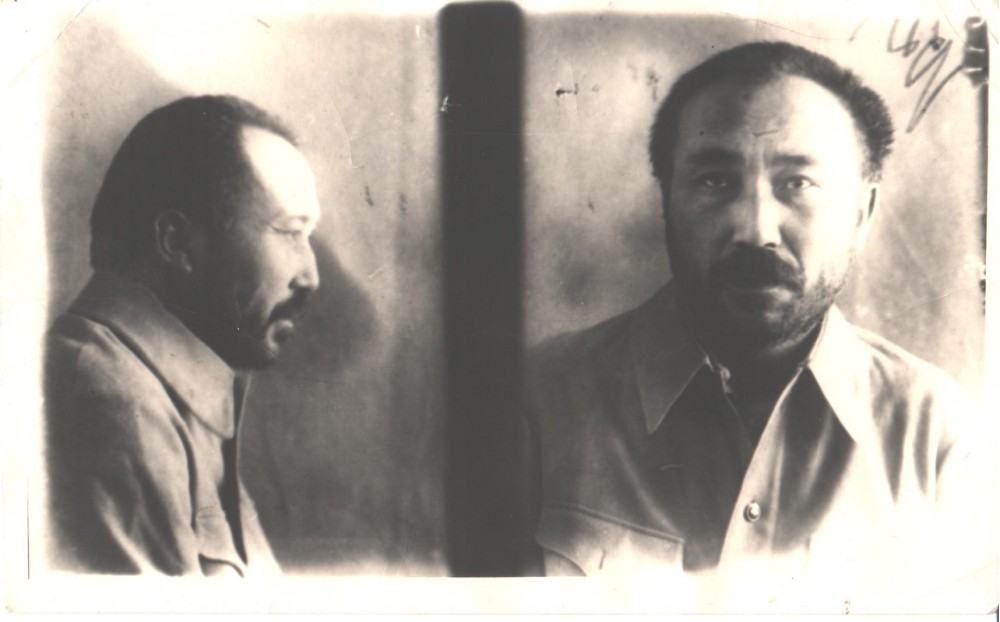
On September 24, 1937 he was arrested by the NKVD of the KSSR, subjected to severe torture in the walls, his teeth, nails and moustache were pulled up by forceps. He was sentenced on February 25, 1938 under Articles 58-2, 58-7, 58-8, 58-11 of the RSFSR Criminal Code. He was shot on April 25, 1938 at 16:40 as an “enemy of the people” in a NKVD prison in Alma-Ata.
On March 21, 1957, he was rehabilitated by the Military Collegium of the USSR Supreme Court for lack of corpus delicti.
Material from Wikipedia

